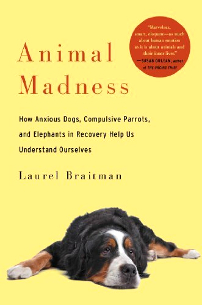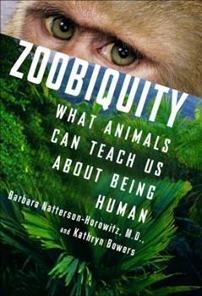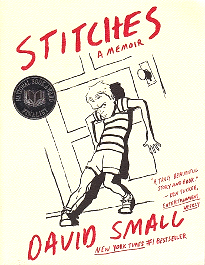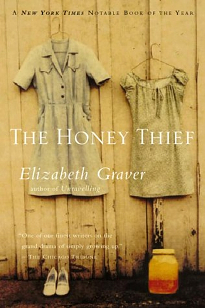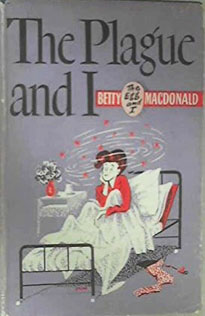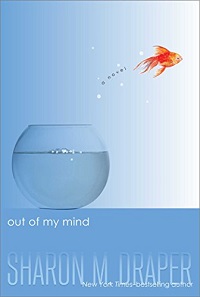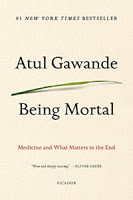Animals sometimes display a wide variety of mental and emotional distress very similar to what humans can experience. The author describes this both first-hand in an account of her adopted dog’s extreme separation anxiety (and how she failed to alleviate it despite trying many many different things) and more widely, drawing from historical and anecdotal accounts as well as personal interviews and travels to visit different places and see for herself how animals are faring.
There are in this book many sad and upsetting stories about animals abused or mistreated when young, shocked by land mines going off under their feet, traumatized by seeing their parents killed, terrorized by thunderstorms, completely lacking social skills due to being removed from their mothers too early and/or isolated, self-mutilating (feather-plucking parrots and paw-licking dogs), lashing out in violence or exhibiting repetitive behaviors (probably from the frustration of being locked up in cages, bored out of their minds, or forced to learn inane tricks) and the list goes on and on. In some cases, clear parallels can be drawn between the animals’ disorders and human psychiatric diagnoses, although nobody will actually call it “mental illness” in animals because we can’t actually know what they are thinking or feeling. In other cases, odd behavior displayed by animals still has no explanation.
There are sea lions and whales that behave strangely, due to absorbing toxins from red tides, or ingesting mercury up the food chain. There are dogs that snap at invisible flies, horses that chew on wood or suck air, apes that pull out their own hair. Much like people with anxiety or OCD. Sections of this book that explained how our understanding of human emotional and/or mental ailments has changed over time due to our own growing knowledge of the mind and how to treat such things, was pretty interesting. In Victorian times for example, many animals were literally said to have died of “a broken heart” or “homesickness” or “melancholia”. Nowadays I’m guessing we would say it was depression with the resulting apathy leading to weight loss and further physical deterioration. I found the chapter where she discussed the idea of can animals commit suicide or not disturbing.
And all the explanations of how unhappy, stressed and crazy animals get when confined and unable to do things really made me feel glum. The author points out that enhanced zoo exhibits for example, often only make the viewers feel better about the animals’ environment, because plants are fake or have to be guarded by electric wires so the animals don’t actually eat or pull them apart. For the animal that’s just frustrating. She pointed out so many behaviors seen in zoo animals that are due to the stress they suffer, no matter how great things are it will never be like a free life, that I now feel guilty for ever enjoying a zoo visit. It went a bit extreme I think, saying that all zoos should be done away with. Yet several stories in here describe great efforts zoo staff went to, helping animals adjust and overcome their problems. Some it took years. This included things like changing the environment, carefully monitoring which animals interacted, behavior modification training, and sometimes even using psychoactive drugs.
Another part of the book that took me by surprise was about whales and dolphins that beach themselves. Apparently a new understanding is that if the animal is so weak or ill it can’t hold itself at the surface to breathe, beaching is a way of being able to rest and not immediately drown (so people shouldn’t try to return them to deep water). I’d never thought of it that before. Why healthy companions beach themselves alongside is still unknown. But it may be they are offering support with their companionship. There were also some great stories of abused or lonely elephants that did so much better after befriending another elephant. It wasn’t people that helped them, it was their own conspecifics.
Well. This book felt a bit repetitive to me at first, because it has some material similar to Zoobiquity, and the parts about elephants included a lot I’d read before too. Also it’s kind of jumpy- switching suddenly back and forth between telling about the author’s dog, to wild animals, to other domestic animals, to what happened to her dog later on, then back to some of his earlier treatment, in a way that was hard to keep track of sometimes. Though I’m not sure I always agree with the author’s conclusions, it had a lot to make me think, and made me realize again how closely we are related to the other animals in our world (emotions and brain chemistry so very much the same). And we often don’t treat them well. I’m saying this in general. I was pretty curious if there were cases of animals displaying mental illness in the wild? but no mention of that. I do remember a few examples from Jane Goodall books- a chimpanzee that lost its mother young and then had bizarre or inappropriate behavior as an adult which caused problems- but I can’t remember the details now.
A lot I can’t mention here, there was actually tons of material in this book- and much of it fascinating. Not all depressing- many stories of animals having a full recovery too- some which are remarkable. Animals often appear to have a lot more resilience than we do, to emotional stress or trauma. I just mentioned the ones that leaped out at me right now. And why is that always the dramatic negatives? I have a copy of Peter Singer’s Animal Liberation on my shelf, and feel a strong urge to read it next, though I really could do with something cheerful instead!
